Printer-Friendly PDF
Learning Through Places
Maritime Village: Stonington Borough
Where is Stonington?
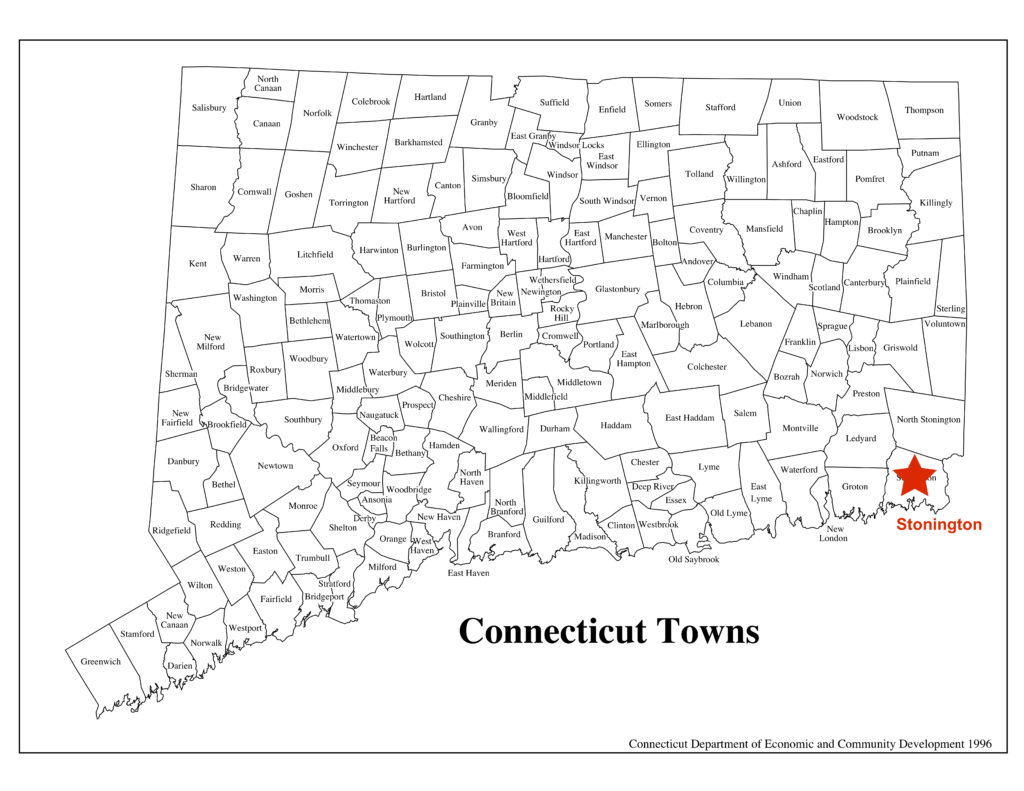
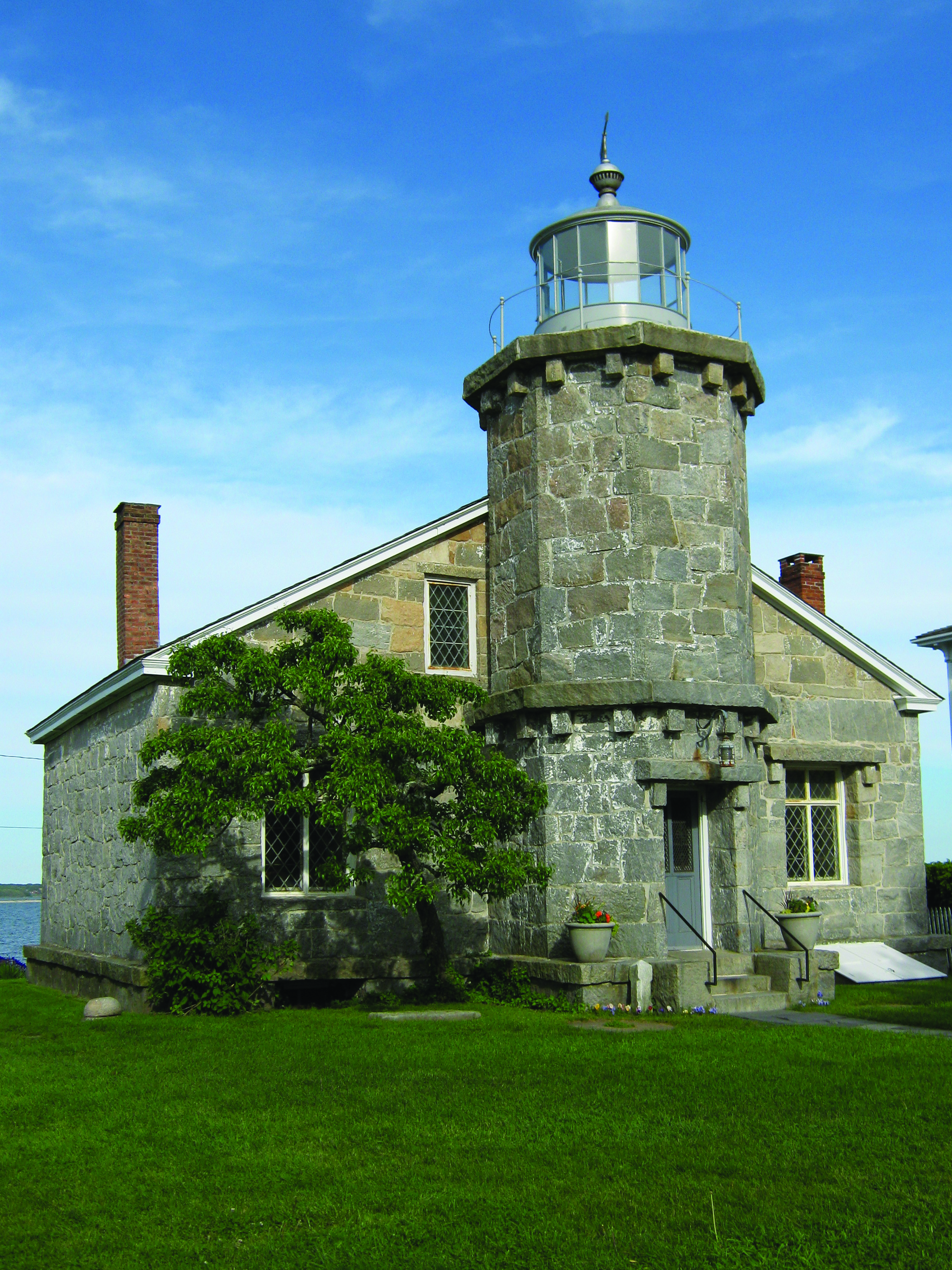
Stonington Harbor Lighthouse. The Stonington Historical Society
What do you see in this photograph?
What type of building is this?
How was it used when it was new?
Is it near the water?
How did it help people?
Let’s learn about this place!
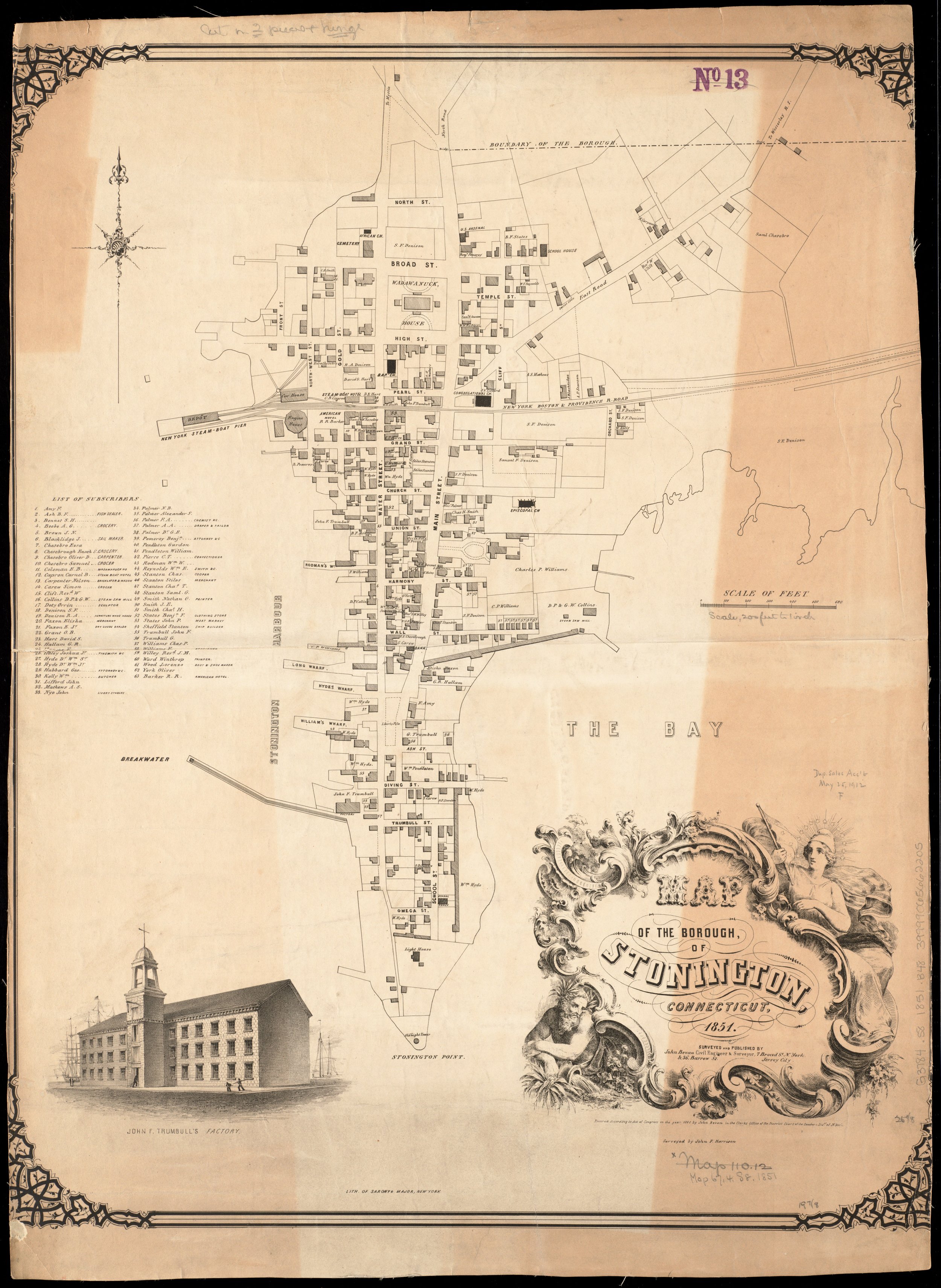
Digital Commonwealth, Massachusetts Collections Online
Stonington’s History and Geography
Native Americans lived on the Connecticut coast during the summer. They fished and collected shellfish to eat.
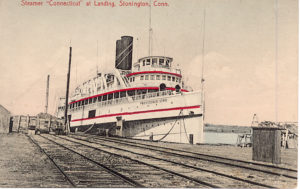
Postcard, The steamship “Connecticut” at the Stonington Landing. The Stonington Historical Society
Stonington was settled by English settlers in 1752. Settlers made their living by fishing and shipbuilding. Stonington’s sea captains took their ships around the globe. They went whaling. They went on voyages hunting seals and sea lions. Sealskins were valuable. They could be made into warm, waterproof clothing. Whale oil was valuable for lamps. It burned bright and without much smoke. In 1820 Captain Nathaniel B. Palmer of Stonington was on a voyage hunting for seals. He made a discovery! He became the first 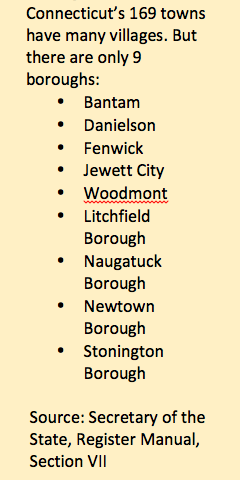 American to reach Antarctica.
American to reach Antarctica.
In 1837 the railroad came through Stonington. From New York City, travelers could take a steamship to Stonington. From Stonington they could take the train to Boston. Fisherman could easily ship their fish for sale in New York City and Boston.
Stonington Borough is a peninsula. It juts out into Long Island Sound. It has water on three sides. It is part of Stonington. Stonington is the eastern-most town in the state. It borders Rhode Island.
In 1801 the people who lived on the peninsula asked the State of Connecticut to designate it as a borough. The tiny Stonington Borough was then allowed to have its own fire and police services. It could collect taxes and elect borough officials. There are only 9 borough governments in Connecticut today.
Stonington Borough and the Sea
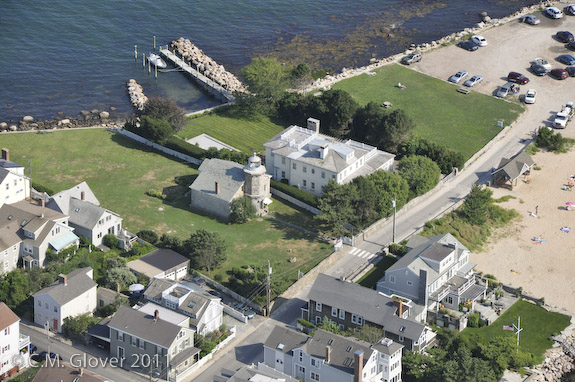
Aerial view of the Stonington Lighthouse and the beach. The Stonington Historical Society
Shipping was important to our young country. In 1789 the federal government established the Lighthouse Service. The Lighthouse Service paid for the construction of lighthouses all along the seacoast. A lighthouse helps ships avoid crashing into rocks. It helps to guide ships safely into a harbor. The light from the lighthouse would shine over the harbor letting the sailors know when they were getting close to shore.
Connecticut has 22 lighthouses along its shoreline. Stonington’s lighthouse was built in 1840. Its tall tower has glass windows at the top. Inside the glass top was a strong lens. The lens magnified the light. It helped to reflect light far across the water. Before there was electricity, the light came from a lamp. The lamp had a wick that burned bright. It was fueled by whale oil and then by kerosene.
Someone had to keep the lamp burning bright. The light had to stay lit all night, every night! The Lighthouse Service paid a lighthouse keeper. The lighthouse keeper and his or her family lived in a house attached to the lighthouse or nearby. The first lighthouse keeper in Stonington was Captain William Potter. He lived in the lighthouse with his wife Patty and their seven children. He was paid $300 a year. When he died, Patty became lighthouse keeper. Today lighthouses are automated. This means that they are operated by a computer.
The Stonington Harbor Lighthouse is now a museum. You can walk up big granite stairs and a short iron ladder to the top of the lighthouse tower and look out at the view. You can see three states! You can see Connecticut, Rhode Island, and Long Island, New York.
Stonington’s Fishing Fleet
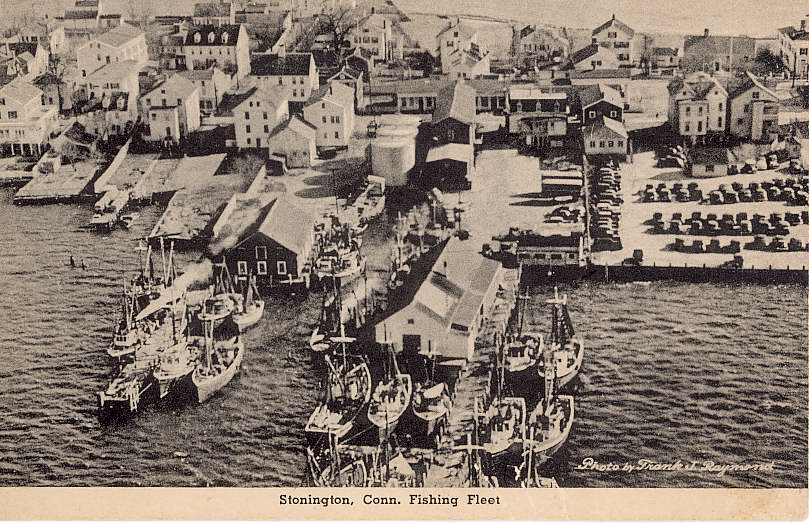
Postcard of Stonington’s docks and fishing fleet, c. 1920. Stonington Historical Society
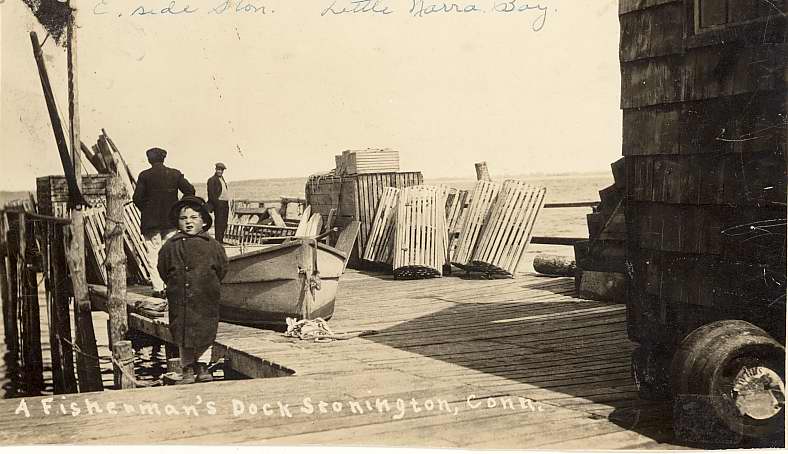
Postcard of a dock in Stonington. Stonington Historical Society
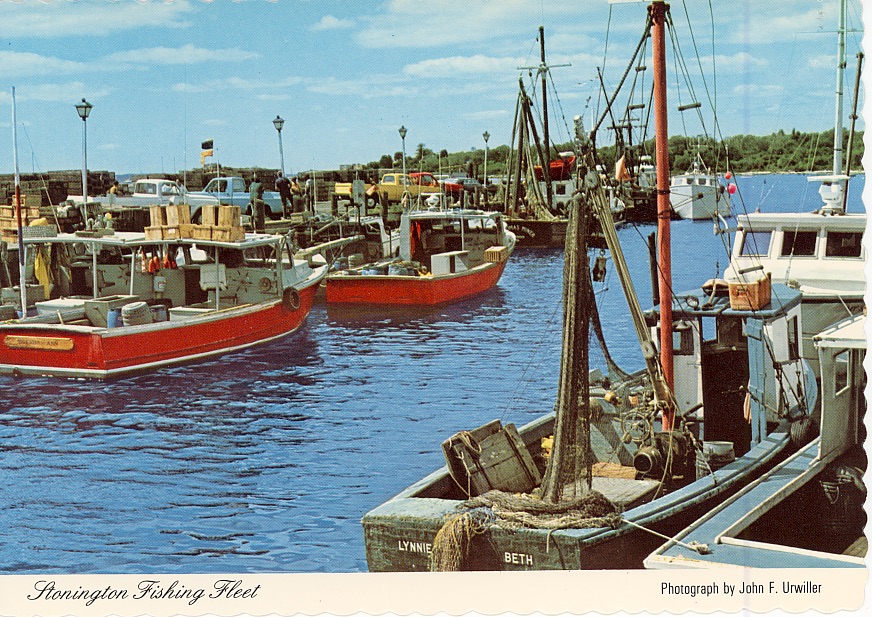
Postcard of Stonington’s fishing fleet, c. 1960. Stonington Historical Society
Portuguese sailors came to southeastern Connecticut on whaling ships. Two families of Portuguese descent settled in Stonington in the 1850s. This was the start of a large Portuguese community there. Many of them became fishermen. Families often worked together and owned their own fishing boats. In 1950 Stonington had several hundred fishermen. More than half of them were Portuguese.
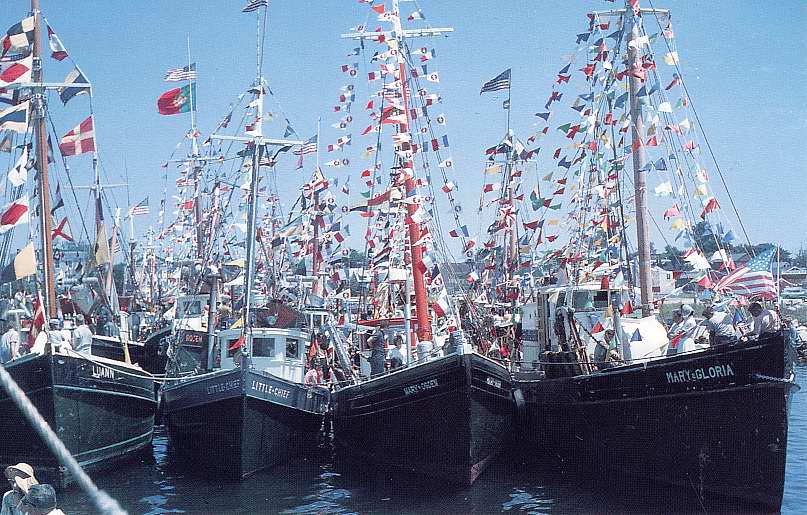
Fishing boats decorated for the Blessing of the Fleet. Stonington Historical Society
Stonington’s fishing fleet has an important community event once a year. It’s the Blessing of the Fleet. The tradition started in 1954. It began with a big celebration on a Saturday night. There was music, dancing, and Portuguese foods. On Sunday there was a Catholic mass and a street parade. The Catholic bishop blessed the fishing fleet. A procession of boats sailed outside the harbor to lay a wreath in the water. The wreath honored local fishermen who had died at sea. The event is smaller now but the blessing and the wreath laying still happens every year.
Stonington has the last commercial fishing fleet in the state, but it is getting smaller. Still, millions of pounds of fish, lobster, scallops, crabs, and squid are caught by Connecticut fishermen every year.
On Your Own
-
Learn more about Connecticut’s lighthouses. Visit the Old Lighthouse Museum in Stonington. Or, explore Connecticut’s lighthouses online. There are 22 lighthouses in Connecticut. Some are on the mainland and some are on small islands out in Long Island Sound. Visit lighthousefriends.com to explore all of Connecticut’s lighthouses. Pick one that you like or is closest to where you live.
-
Take a field trip to Mystic Seaport and spend a day in its maritime museum village. Learn more about the life of a sailor and do some hands-on activities! You can even sign up for sailing classes!
-
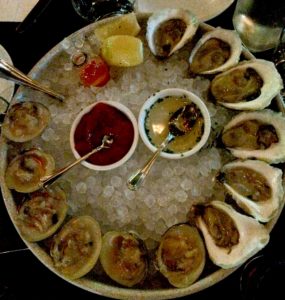
Six raw oysters (right side) and six raw clams (left side) ready to eat. Their shells have been pried open with a sharp knife and they’re served in the bottom shell on a bed of ice. photo: Elizabeth Normen
The state shellfish is the Eastern Oyster. Have you ever eaten one? Go with your family to a seafood restaurant. Try some of the many things that are caught by Connecticut fishermen including lobster, scallops, fish, crabs, and squid. Which ones do you like? When you visit the beach, see if you can find an oyster shell, clam shell or scallop shell.
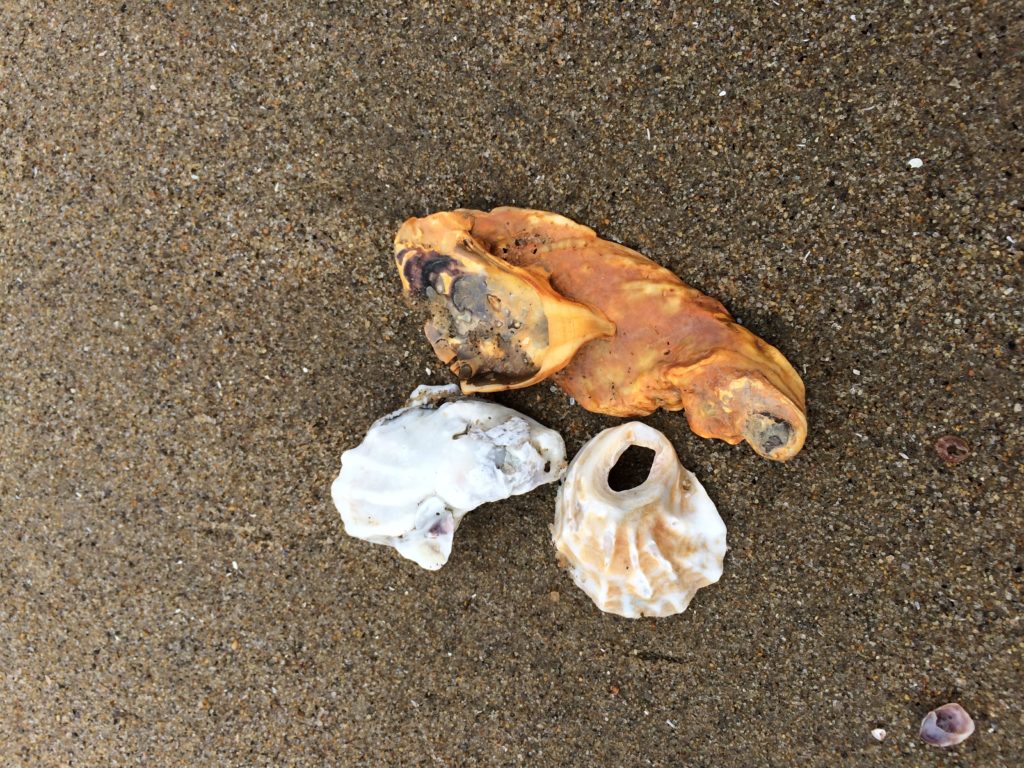
Oyster shells, Madison. photo: Elizabeth Normen





 American to reach Antarctica.
American to reach Antarctica.





